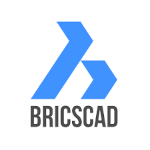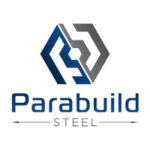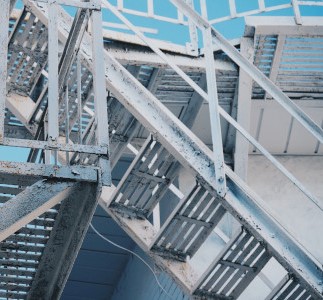Rules of Thumb
Rules-of-Thumb are often dismissed as the lazy man’s route to design, but it’s worth remembering that in ancient times, structures were built according to form and proportion, the builders knew and understood the relationships between span and depth, together with height and cross-sectional area, and this understanding enabled them to build structures, which were not […]




